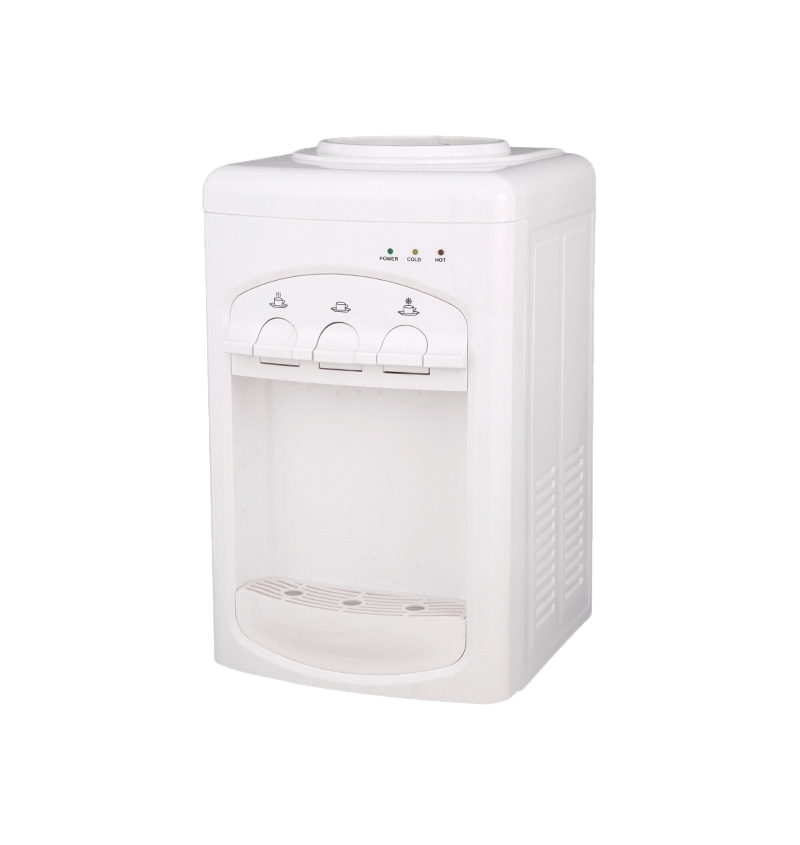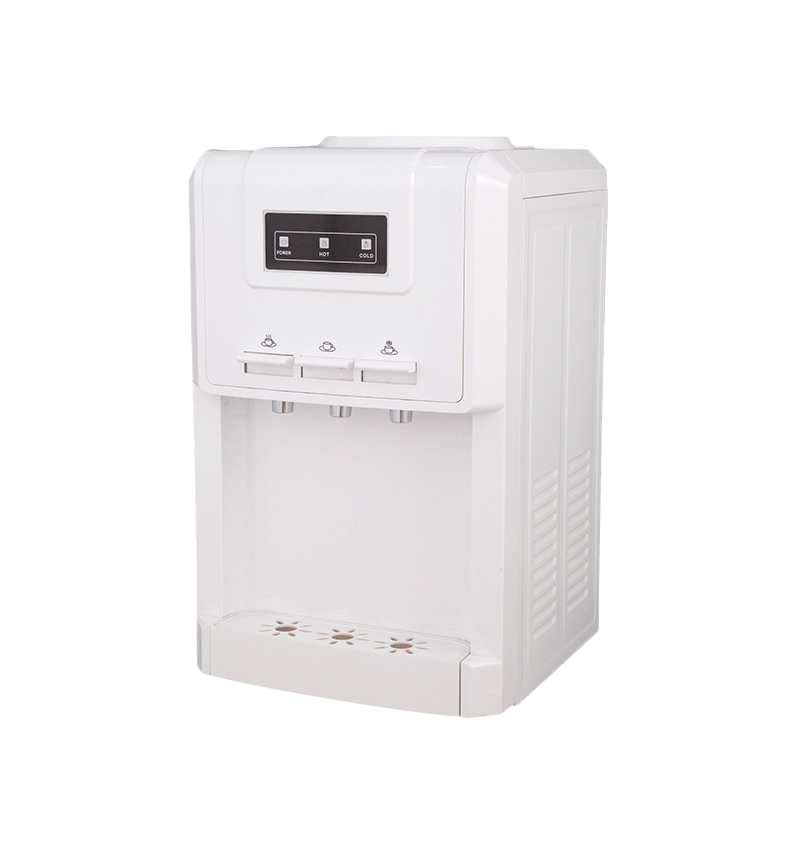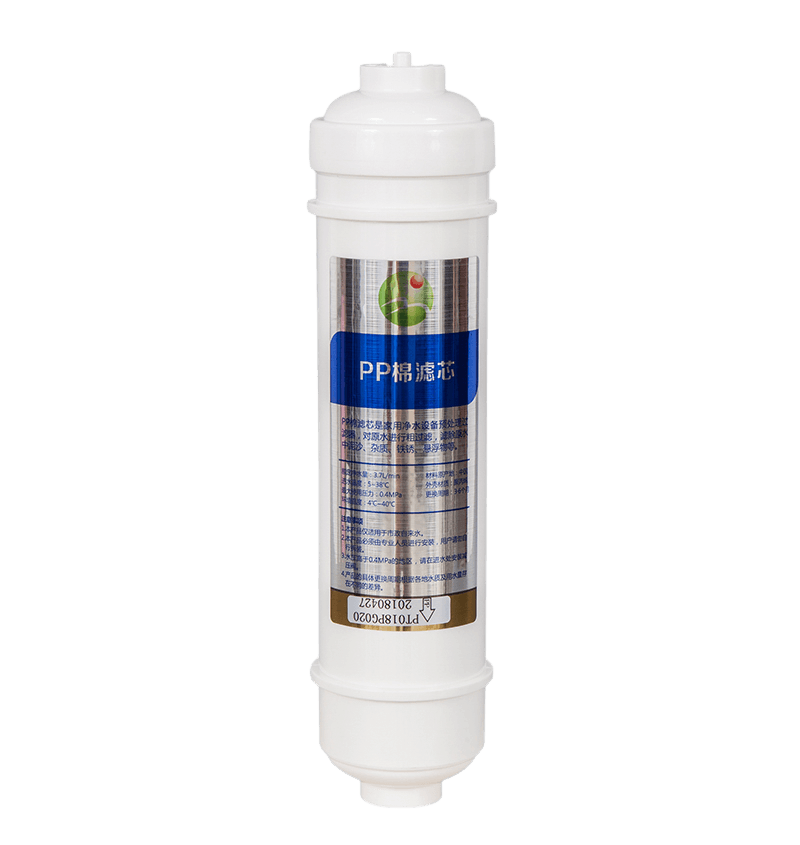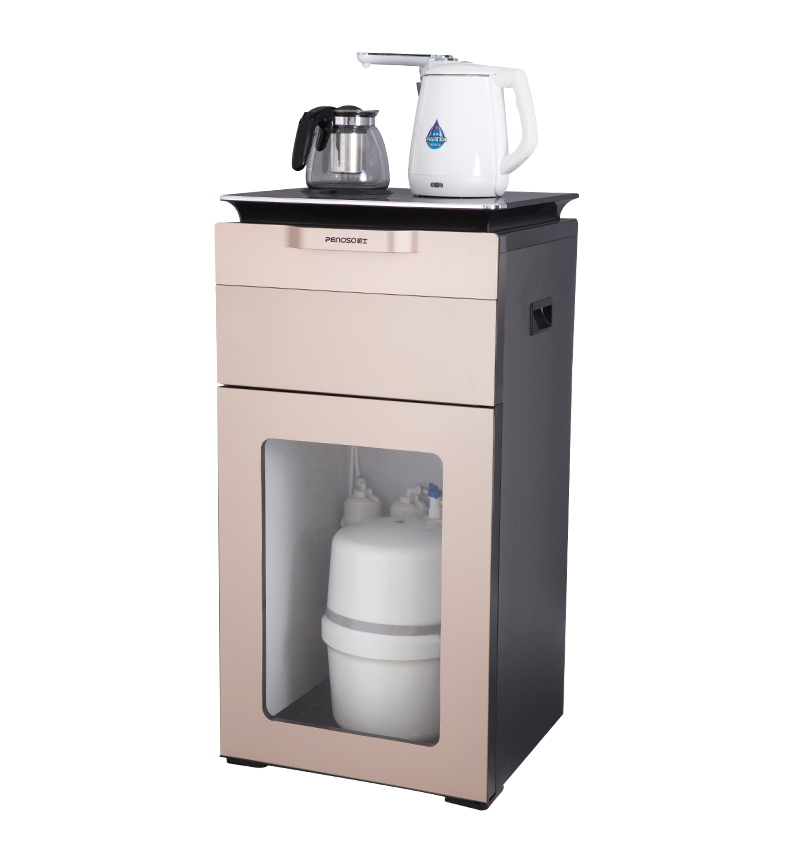Basic composition of the heating system of a desktop water dispenser
The heating system of a desktop water dispenser usually consists of a heating tube, a thermostat, a heating water tank and related electrical components. The heating tube raises the water temperature through electrical energy, and the thermostat is responsible for monitoring the water temperature and controlling the working state of the heating tube to avoid overheating. The heating water tank is a container for holding and heating water, usually made of food-grade materials to ensure water quality safety. Electrical components include wires, switches, fuses, etc., which provide a stable power supply and protection measures for the heating system.
The role of the thermostat in safety assurance
The thermostat is the core safety component of the heating system, responsible for monitoring the water temperature and ensuring that the heating process is carried out within the set temperature range. It can sense the water temperature in real time, and when the preset temperature is reached, it automatically cuts off the power supply to prevent the water from overheating and causing safety hazards. If the thermostat fails, it may cause the heating tube to continue to work, which in turn causes the risk of dry burning or burning. Therefore, desktop water dispensers usually use dual or multiple temperature control devices to enhance safety assurance.
Importance of dry-burn protection mechanism
Dry-burn refers to the continuous heating of the heating tube in the absence of water or insufficient water, which can cause the heating tube to overheat or even damage. To prevent dry-burning, modern desktop water dispensers are equipped with dry-burn protection devices, which use water level sensing or temperature sensing to determine whether there is enough water in the water tank. When the water level is detected to be too low, the system will automatically stop the heating function to prevent equipment damage and safety accidents.
Impact of heating water tank material on safety
The material of the heating water tank is directly related to the durability of the equipment and the safety of drinking water. Desktop water dispensers are generally made of stainless steel or high-strength plastic. Stainless steel is a common choice due to its good corrosion resistance and high temperature resistance. The surface of stainless steel is smooth and easy to clean, reducing the risk of bacterial growth. High-quality materials can also prevent the release of harmful substances caused by high temperature and ensure the safety of water quality after heating.
Electrical safety design and protection device
The design of the electrical part of the desktop water dispenser heating system is also very critical. The equipment is usually equipped with safety devices such as overload protection, leakage protection and fuses, which can cut off the power supply in time when abnormal current or short circuit occurs, reducing the risk of electric shock and fire. The design of the power cord and plug should also comply with national safety standards to ensure stability and safety during use. In addition, the device casing is usually made of insulating materials to prevent users from electric shock.
Structural design supports safety
The overall structural design of the tabletop water dispenser takes into account the safe operation of the heating system. The heating part is usually effectively isolated to prevent users from directly contacting high-temperature components. At the same time, the equipment will set up a reasonable heat dissipation structure to avoid overheating. Some products will also design anti-scalding handles and safety locks to reduce the safety risks caused by misoperation. Compact and reasonable structural design helps to reduce safety problems caused by loose structure or material deformation.
Impact of user operation specifications on safety
Safety protection depends not only on the design of the equipment itself, but also on the correct operation of the user. Users should avoid starting the heating when the water tank is short of water or the water quality does not meet the standards to avoid dry burning or damage to the equipment. In addition, avoid privately disassembling or modifying the heating system to prevent damage to the safety protection device. Correct use of power sockets, not using damaged wires, and keeping the equipment clean and dry are all important measures to ensure safety.
Importance of regular maintenance and inspection
The safe operation of the heating system also depends on regular maintenance. Users should clean the water tank and heating tube regularly according to the instructions to prevent scale accumulation from affecting the heating effect and equipment life. Regularly check the thermostat, dry-burning protection device and electrical components to promptly detect and eliminate potential faults. For equipment that is used for a long time, it is recommended that professionals conduct comprehensive inspection and maintenance to ensure the normal and safe heating system.
Industry standards and certifications ensure safety
The design and manufacture of the heating system of the tabletop water dispenser must comply with the safety standards of relevant countries or regions, such as electrical safety standards, food contact material standards, etc. The product's passing of relevant certifications (such as CE, UL, CCC, etc.) can reflect its compliance with safety regulations to a certain extent. Regular manufacturers will strictly control product design, material selection and production processes to ensure the safety performance of the equipment heating system.
Future technology improves the safety of the heating system
With the advancement of technology, the safety of the heating system of the tabletop water dispenser is also constantly improving. For example, intelligent temperature control technology can control the heating temperature more accurately to prevent temperature fluctuations; the introduction of sensors and Internet of Things technology enables the equipment to monitor the operating status in real time and alarm in time; the application of new environmentally friendly materials reduces the risk of harmful substances being released. In the future, the development of these technologies is expected to further improve the safety of the heating system and user experience.



 English
English عربى
عربى Português
Português Español
Español








